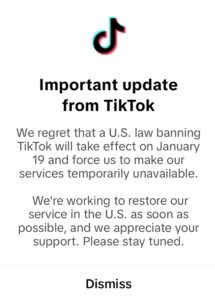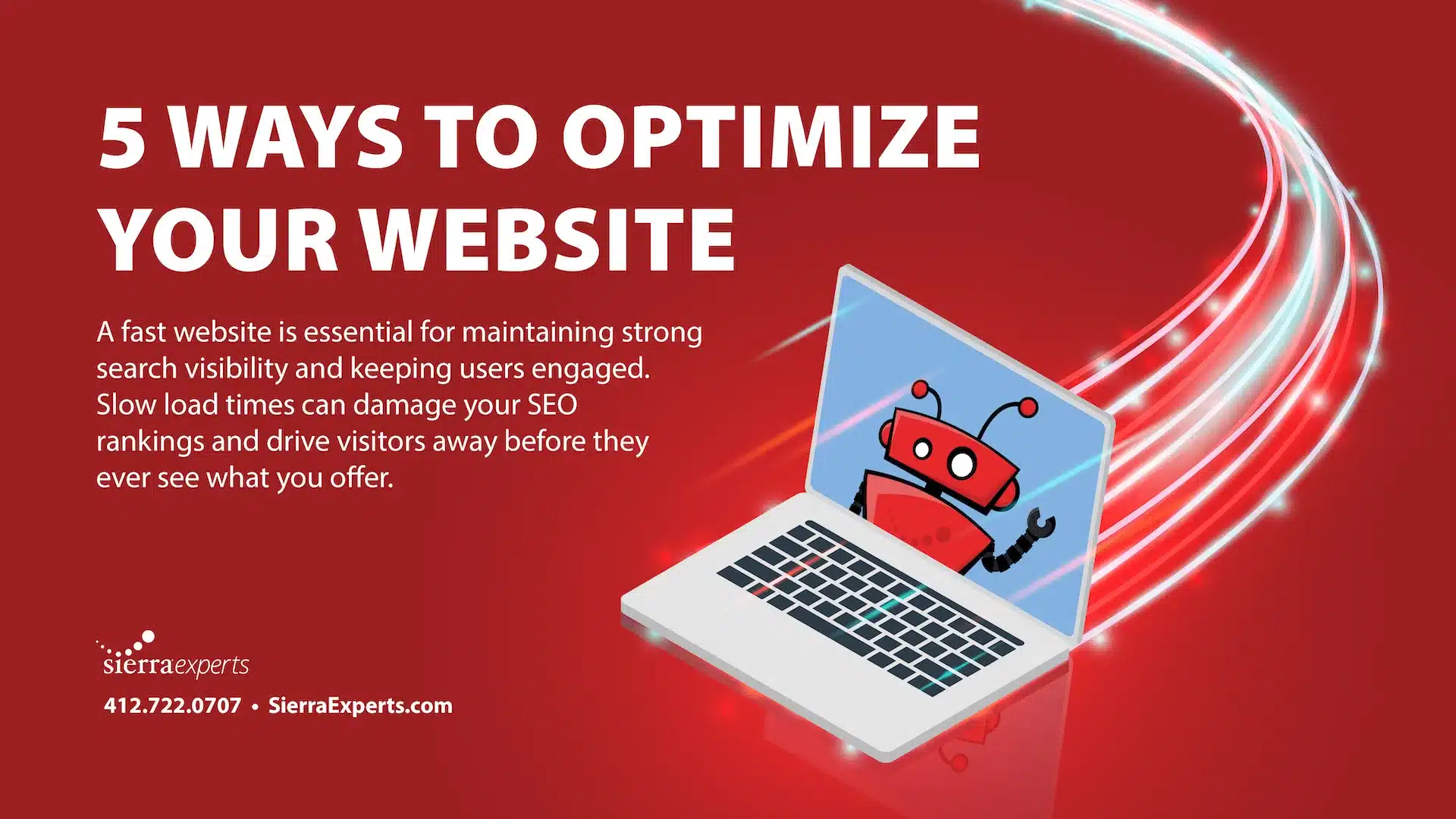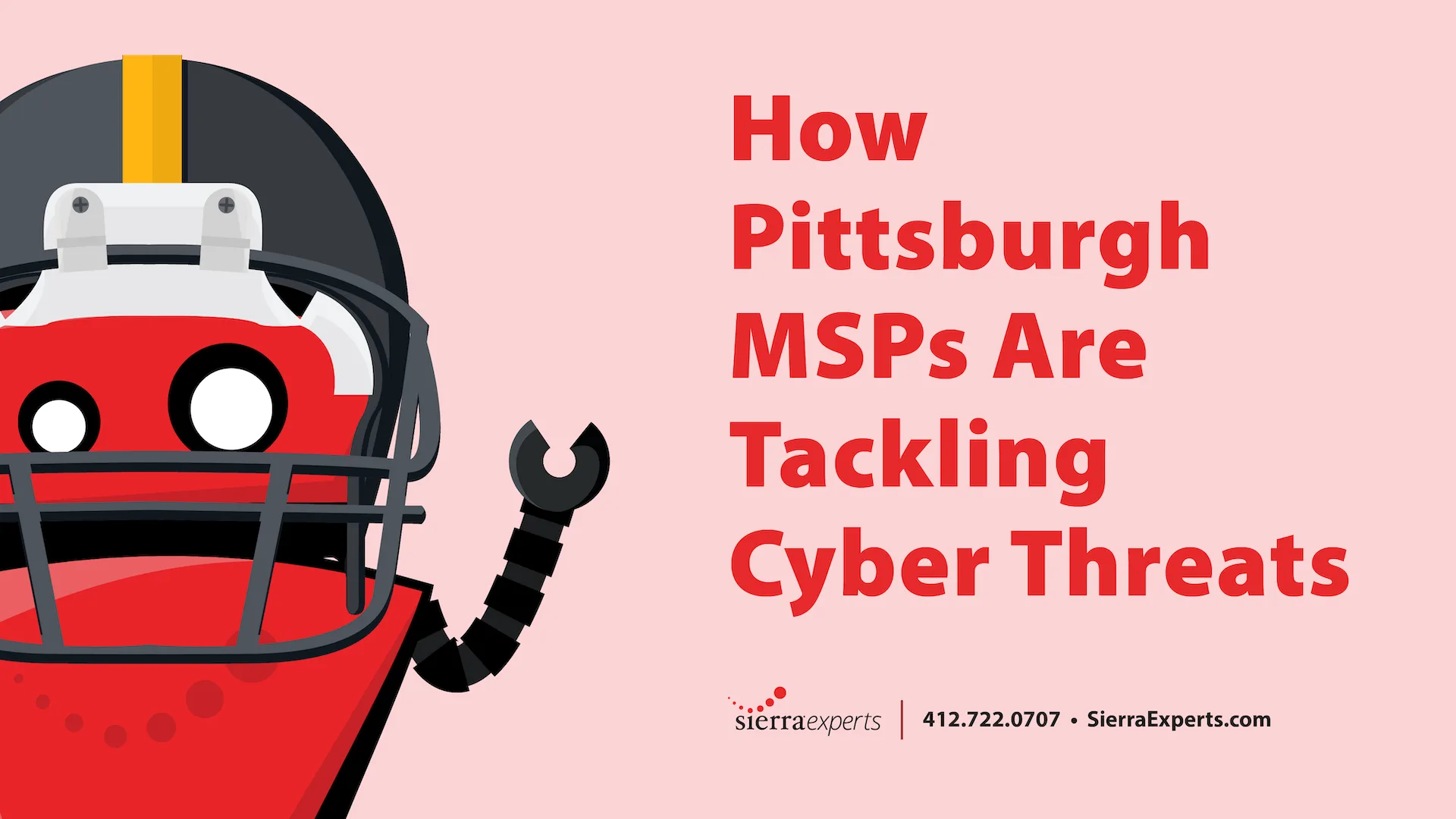For several years, TikTok has been a leading app with over with over 2 billion active users globally. The platform has evolved into a powerful tool for crowdsourcing, allowing brands, creators, and individuals to harness the collective creativity and participation of its vast user base.
TikTok’s success as a platform for crowdsourcing and content sharing is underpinned by its sophisticated algorithms, IT infrastructure, and security measures. The app’s algorithm leverages machine learning to deliver highly personalized content to users by analyzing their interactions, such as likes, shares, and viewing patterns. This allows the app to curate an engaging and relevant feed that keeps users active and connected.
Crowdsourcing involves obtaining services, ideas, or content from a large group of people. This is a framework that brings people together through data gathering and typically occurs on digital platforms. TikTok leads in the explosion of user-generated content and serves as a platform for real-time idea generation and feedback where brands and creators can engage directly with their audiences, making it an ideal platform for crowdsourcing.
Technology Behind TikTok
TikTok’s success can be attributed to its technology, particularly its advanced algorithm. Behind this innovative algorithm lies a distributed cloud approach, which supports the platform’s massive scale. The cloud allows it to handle its massive user base, promising reliability in delivering videos to millions globally.
Regarding security, TikTok utilizes encryption protocols to protect user data and prevent unauthorized access, as well as regular audits to safeguard compliance with data protection regulations. These technical components work together to maintain a unified user experience. However, as regulatory scrutiny increases, the platform faces pressure to continually adapt its IT and security strategies to meet global standards.

Despite its unwavering popularity, 2025 saw significant challenges for TikTok in the U.S., with a nationwide ban implemented due to ongoing concerns over data privacy and security. American users underwent a 12-hour suspension from using the app, which disabled downloads and barred current user activity upon opening the app.
Many U.S. citizens were aware that the federal ban was approaching, but it didn’t diminish the emotional rollercoaster they experienced in the weeks leading up to it. Many users posted their reactions to the U.S. ban and shared their other social platforms in any attempt to maintain their follower base. The uncertainty during this period prompted many to express their frustration for the possibility of losing the connections they’ve created on the platform. For many users, the platform wasn’t just a source of entertainment—it was a vital lifeline for staying informed and connected.
The Value of Social Media
While concerns about privacy and data security have led some to consider deleting their social media accounts. However, this approach may overlook the broader benefits these types of platforms provide. Not solely TikTok, but other social media platforms have become essential tools for professional networking, connecting, and collaborating. For a number of businesses, maintaining a social media presence is crucial for career advancement, as platforms like LinkedIn, X, and Instagram are increasingly used for showcasing their brand persona.
Looking Ahead
The future of TikTok, especially after the ban, remains uncertain. The changes to platforms like TikTok may impact users’ sense of creative freedom. We will see in the coming months how the app adapts, both in terms of data security measures and its ability to maintain user engagement.






